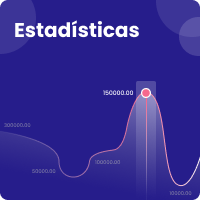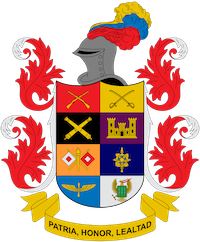Blockchain technology model in the authentication of smart certificates for educational entities
Abstract
With globalization, educational entities have the challenge of issuing secure certificates that guarantee their authenticity and prevent falsification. The objective of this study is to model a Blockchain system capable of implementing the student certificate authentication service for different educational entities in the nation. The factors that were taken into account for the development of the model were the theory of how Blockchain technology works, the most robust automatic authentication tool today, and the adaptation of the authentication model in certificates as a service. With this design, the use of Blockchain as an authentication service is encouraged and its application is shown so that in the future the model can be implemented in all educational entities that safely generate their diplomas and/or certificates.
Downloads
References
Anta, G. (2000). Procesos de acreditación y certificación de la competencia laboral. https://www.oei.es/historico/oeivirt/fp/iberfop02.htm
Ferranti, D., & Ibarrola, D. (2005). Educación y trabajo. Revista Mexicana de Investigación Educativa, 10, 303-313. https://www.redalyc.org/pdf/140/14002502.pdf
López Rupérez, F. (1998). La gestión de calidad en educación. En III Congreso Internacional del CLAD sobre la reforma del Estado y de la administración pública (pp. 14-17).
Google. (2020). Migración a Google Cloud comienza ahora Soluciones.
Lasi, H., Fettke, P., Kemper, H.-G., Feld, T., & Hoffmann, M. (2014). Industry 4.0. Business & Information Systems Engineering, 6, 239-242. https://doi.org/10.1007/s12599-014-0334-4
Ministerio de Educación Nacional. (2017). Educación Nacional.
Ren, Y., Zhu, F., Sharma, P. K., Wang, T., Wang, J., Alfarraj, O., & Tolba, A. (2020). Data query mechanism based on hash computing power of blockchain in internet of things. Sensors, 20(1), 207, https://doi.org/10.3390/s20010207
Carrada Bravo, T. (2001). La cultura organizacional en los sistemas de salud. ¿Por qué estudiar la cultura? Mediagraphic Artemisa, 40(3), 203-211. https://www.medigraphic.com/pdfs/imss/im-2002/im023e.pdf
UxTIC. (2020). UxTIC - Red de universidades para fomento de la investigación en tecnologías de la información y la comunicación. https://uxtic.co/spip/index.php
Wang, M., Duan, M., & Zhu, J. (2018). Research on the Security Criteria of Hash Functions in the Blockchain.





